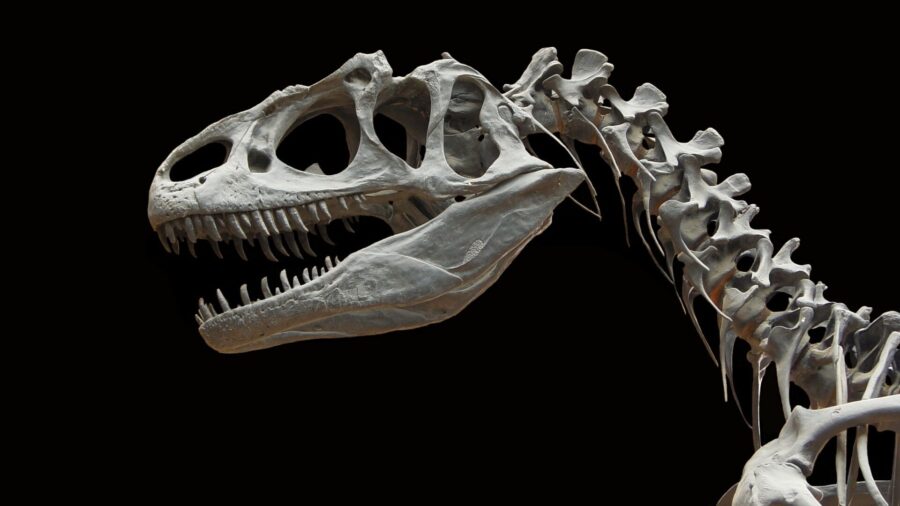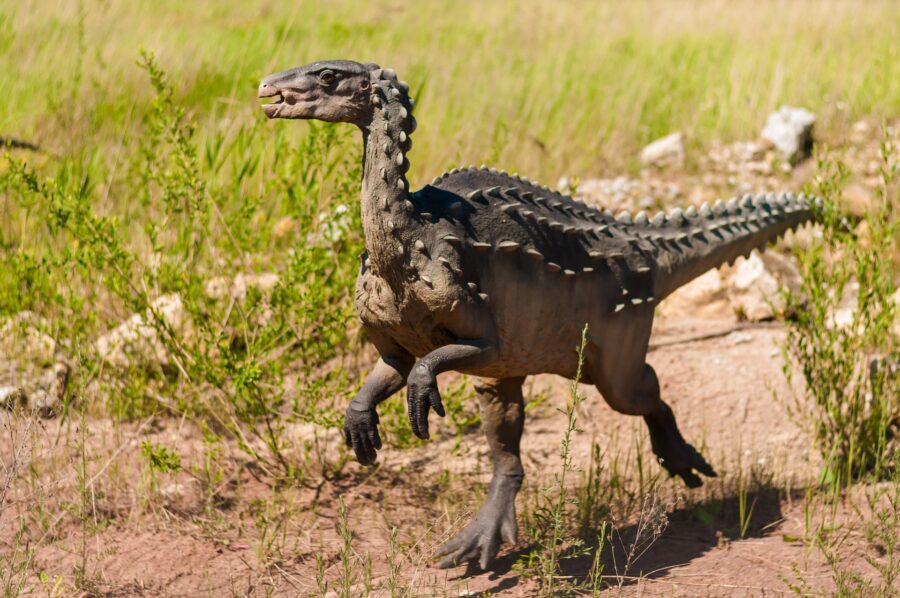A Dinosaur Was Found With A Meal Still Inside, See What It Ate
A recently unearthed dinosaur fossil found in northern China included a surprise, part of the beast's last meal, an ancient ancestor of today's mouse.
This article is more than 2 years old

From the extensive Jurassic Park franchise to scientists reconstructing ancient ecosystems, there is just something about the fact that giant lizards roamed the Earth that fascinates us ape-evolved bipeds. Thanks to reporting from Science Alert and the wonderful work of vertebrate paleontologist Hans Larsson from McGill University in Canada we now have a glimpse into what these movie monsters ate.
Monster is perhaps the wrong term for the fossil that Larsson found. Around 120 million years ago a four-winged crow-sized dinosaur roamed modern-day China, microraptors as they’re called, were some of the first fully feathered dinosaurs. Microraptors belong to the late Cretaceous period or roughly 145 to 65 million years ago.
The meal found in what was left of the Microraptor’s stomach was that of a small mammal. Most likely a proto-version of a small mouse or rodent, a perfectly preserved one-centimeter or, roughly a third of an inch, foot bone was left stuck in the stone.
Very little is known about the Microraptor today. The first fossil was only found 22 years ago in Liaoning, China, near the border with North Korea. Since then, only about two dozen well-preserved samples have been unearthed all over northern China and Southern Mongolia.
Here is what the scientific community generally agrees on and knows about the dinosaur. Even though they had four wings, it was unlikely that they could fly due to body structure and physics. It most likely glided from tree to tree dive bombing in a deep U shape to hunt and gather prey.

Until the most recent find in China, this dinosaur was thought to mostly eat fish, lizards, and other dinosaurs or their bodies. However, now it’s a reasonable assumption that the Microraptor was a generalized predator. In other words, it would eat whatever it could find, this fact lead researchers to a few important clues about the ancient world.
One, it shows how certain dinosaurs made the transition from the land to the sky. Two, by being a generalized predator, the Microraptor was most likely an ecosystem stabilizer, think of coyotes or certain species of sharks. If one prey item’s population gets too large, dinosaurs like the Microraptor would gobble up a few and make sure that there are enough resources to go around.
This leads to a better understanding of how the ancient dinosaur ecosystem functioned. Understanding what a 120 million-year-old dinosaur’s dinner was leads researchers to understand what kind of evolution most likely occurred to give us modern birds today.
Now, why exactly why anyone should care about a crow-sized dinosaur isn’t just about one’s own opinion on dinosaurs, but instead, it is a glimpse into the past that brings understanding and predictions about the future. Without dinosaurs, we wouldn’t have life today in many different ways, their diets, habitats, biology, and structures give us insight into what to expect in the future, and with the rise of climate change, a better understanding of how our own animals, diets, and ecosystems will either fail, transform or thrive. After all, these big ancient animals are how we run our cars, heat our homes, and read more Giant Freakin’ Robot articles.












